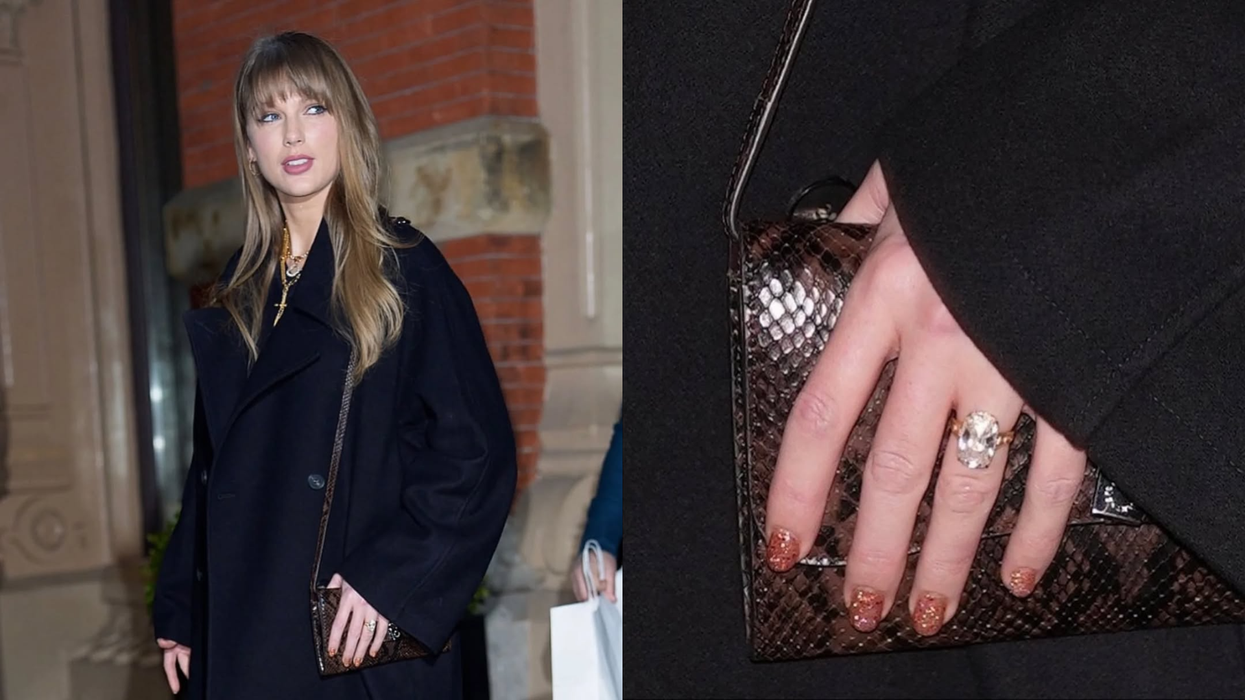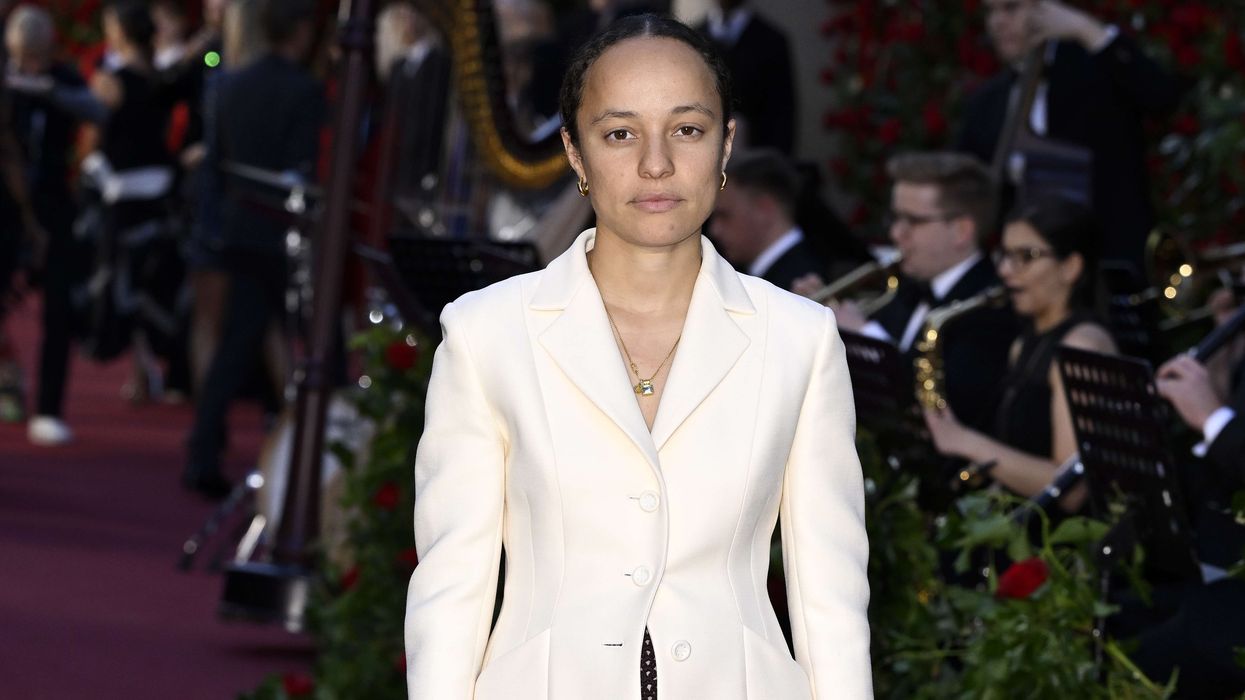Whoever said you need moonlight to find magic clearly has not stepped onto the spectacular, LED-lit dance floor at this daytime Bollywood bonanza.
From the moment the doors opened at Popworld in London, Bollyday fizzed with the kind of unfiltered joy usually reserved for weddings or late-night parties – except here, you still get home in time for a proper night’s sleep (and Sunday roast prep).
The 4pm to 9pm window is sheer genius. No frantic dash for the last tube, no overpriced taxis, and no bleary-eyed ‘never again’ mantra the next morning.
Parents can drop in after football practice, dog owners can pop out without fretting about late-night walks, and early-rising professionals can toast the weekend without sacrificing their productivity.
Daytime parties are not new – but Bollyday bottles the concept, shakes it with Bollywood sparkle, and serves it ice cold.
If British Asian DJ royalty had a throne, Shai Guy would be polishing the crown. His reputation precedes him – yet he still managed to overdeliver.
He slid through an eclectic mix of 70s and 80s disco-era anthems, noughties earworms and today’s stadium-shaking hits.
Just when you thought you had the set figured out, he dropped slick western house cuts and Afrobeat flourishes that sent hands skyward.

The dance floor never emptied – not once. Even the self-confessed two-left-feet brigade found themselves belting out choruses they did not know they knew.
Cross-generational Bollywood adventurers shared the space in perfect, sweat-soaked harmony.
It is rare to see Gen Z TikTokers trading moves with aunties reliving their early 90s bhangra gig glory – but Bollyday makes that collision feel entirely natural.
Non-Asian guests turned up out of curiosity and left draped in imaginary chiffon, convinced they had stumbled onto the set of a Karan Johar epic.
Set in the heart of London, the venue is as convenient as it is atmospheric.
The retro-futuristic dance floor glowed underfoot – think Saturday Night Fever meets Dil Dhadakne Do.
Scenic photo ops were practically compulsory; birthday crews made full use, balloons in tow.
British Asian nights out have come a long way since the daytime bhangra circuits of the 80s and 90s.
Bollyday is the next leap: an inclusive, wellness-friendly, rhythm-heavy celebration that proves you do not need darkness to turn up the heat.
With the mental health benefits of dancing well documented, this matinee rave feels as good for the soul as it does for the step count.

Uniqueness, practicality, cross-generational appeal and a stellar soundtrack make Bollyday an instant classic – expect copycats soon.
But for now, mark your diaries: the next Bollyday returns to London on Saturday, 6th September, with plans to go nationwide shortly afterwards.
Tickets will evaporate faster than a filmi teardrop.
For its trailblazing timetable, sublime venue and Shai Guy’s pitch-perfect DJing, Bollyday earns a full, unreserved five stars.
Go once and you will wonder why we ever surrendered our sleep to nightlife in the first place.
Keep posted about Bollyday at www.djshaiguy.co.uk.
Next event: Saturday, 6th September, Popworld London EC4M 9BB.







 A$AP Rocky received the Fashion Icon AwardGetty Images
A$AP Rocky received the Fashion Icon AwardGetty Images Donatella Versace accepted the Positive Change AwardGetty Images
Donatella Versace accepted the Positive Change AwardGetty Images Maitreyi Ramakrishnan and Bach Mai attend the 2025 CFDA AwardsGetty Images
Maitreyi Ramakrishnan and Bach Mai attend the 2025 CFDA AwardsGetty Images






